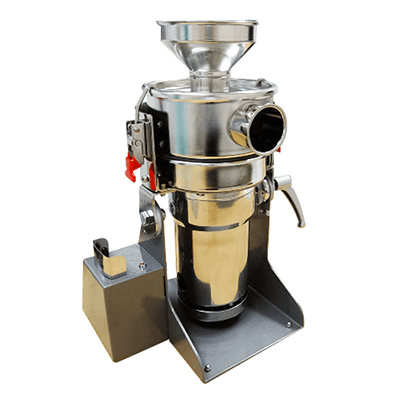What Is Engraving Machinery?
Engraving machinery is a machine used to engrave letters or designs on glass, plastic, or metal.
They use rotating tools and lasers for quick and accurate processing. Some engraving machinery can be manually operated, while others can be connected to a computer for automatic processing.
Engraving tools include blades made of materials such as diamonds and lasers, and the appropriate tool is selected depending on the type of object to be processed. Engraving machinery is available in a wide range of sizes, from small tabletop machines to large machines, and can be selected according to the size of the object to be engraved.
Engraving machinery used to require a high level of skill developed by the craftsman handling the engraving machine, but with the development of processing technology for engraving machines, it is now possible to perform precision processing inexpensively and easily. Engraving machinery can be used to enhance the design and ornamentation of products and to create business cards, plates, trophies, and other items with beautiful and impressive engraved letters and designs.
Engraving machinery can also be used to create unique designs on products, which can enhance brand image and add value to products. Furthermore, Engraving machinery allows even mass-produced products to be easily and individually customized to meet the needs of the customer.
Uses for Engraving Machinery
Engraving machinery has a wide range of uses, from engraving letters and designs to three-dimensional engraving. The appropriate Engraving machinery can be selected according to the type and shape of the material to be processed to ensure high-precision processing.
For example, it is possible to engrave letters and designs on small parts such as jewelry, watches, automotive parts, and electronic devices. They are also used for architectural and building materials, signboards, and elegant ornaments.
In addition, three-dimensional engraving is possible on materials such as plastic and metal. For example, a variety of three-dimensional designs can be engraved, such as smooth curves on industrial products or emblems on automobile parts. Engraving machinery can also be used to create relief engraving, embossing, and unevenness.
In addition to metal and plastic, the machine can handle materials such as glass, wood, stone, and acrylic. They are also used in the manufacture of precision parts for medical devices, aerospace equipment, and semiconductors.
Principle of Engraving Machinery
Engraving machinery is based on two principles: motor and processing blades, and thermal processing using laser light.
1. Motor and Processing Blade
It consists of processing by making contact. Manual engraving machinery, which uses a motor and a processing blade, uses a rotating tool to shave the surface of the workpiece for engraving or cutting.
2. Laser Beam
Laser engraving machinery uses a laser beam to apply heat to partially melt the material to be engraved. Since friction and blade hardness are not required, a high degree of freedom of processing is possible.
By adjusting the intensity of the laser beam, the width of the engraving line can be varied freely. In addition, they are faster and more accurate than manual engraving machinery, and can easily process large quantities of work.
Types of Engraving Machinery
Engraving machinery is available in two main types: rotary and laser. Engraving machinery should be selected to suit the intended use.
1. Rotary Type
The rotary type is the most common engraving machinery. It uses a rotating tool to perform processing and is available in manual and automatic types. The manual type requires the skill of a craftsman, while the automatic type can be connected to a PC and automatically processed according to previously prepared data.
2. Laser Type
Laser-type engraving machinery is available. This method uses a laser beam to cut the surface of the material, and since it does not require friction or blade hardness, it is capable of high-precision processing. It also offers a high degree of freedom and can process detailed designs such as letters, logos, and photographs.
3. Others
Some types of engraving machinery are classified according to the size of the object to be engraved. A wide range of machines are available, from small table-top machines to large ones, which must be selected according to the intended use.
